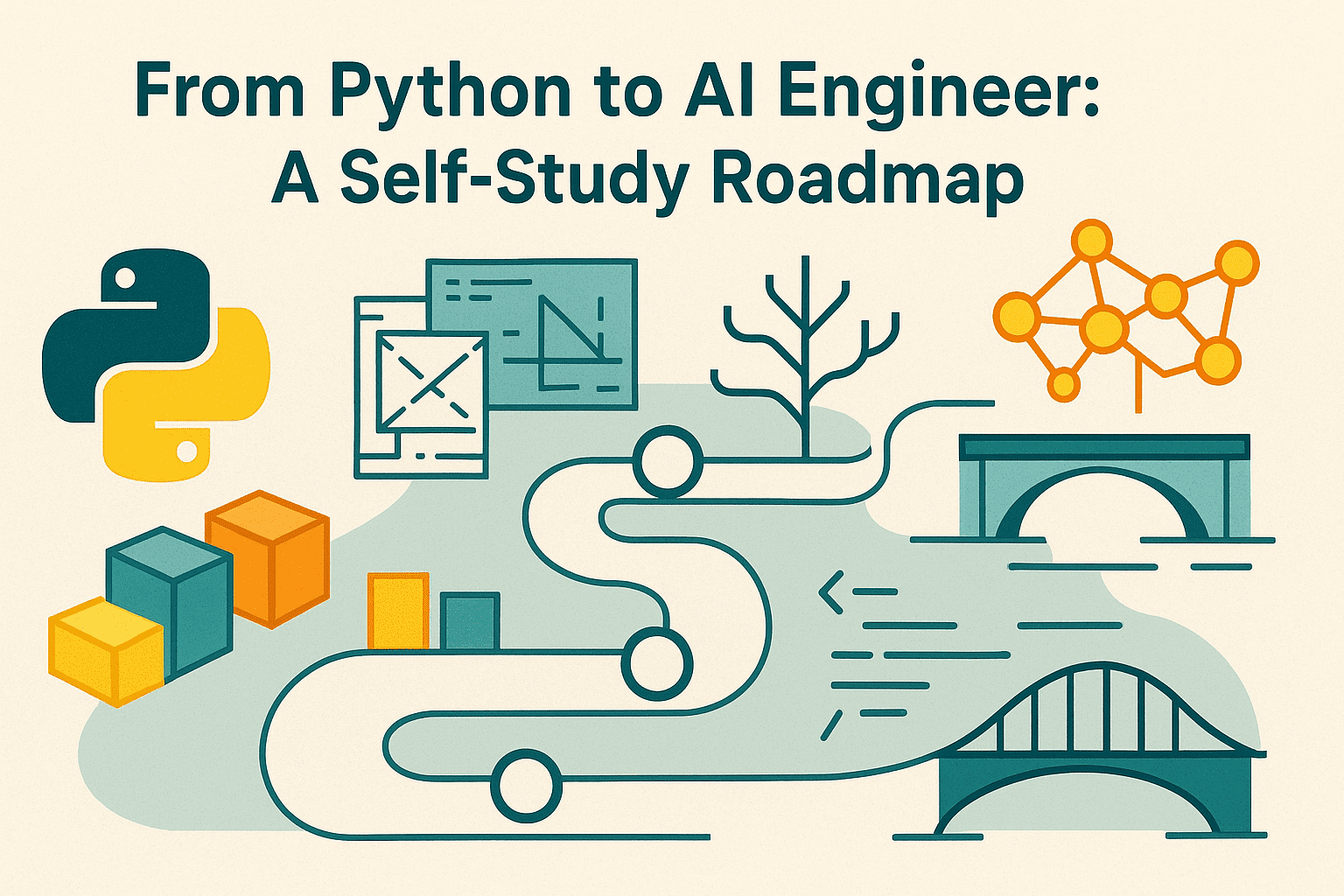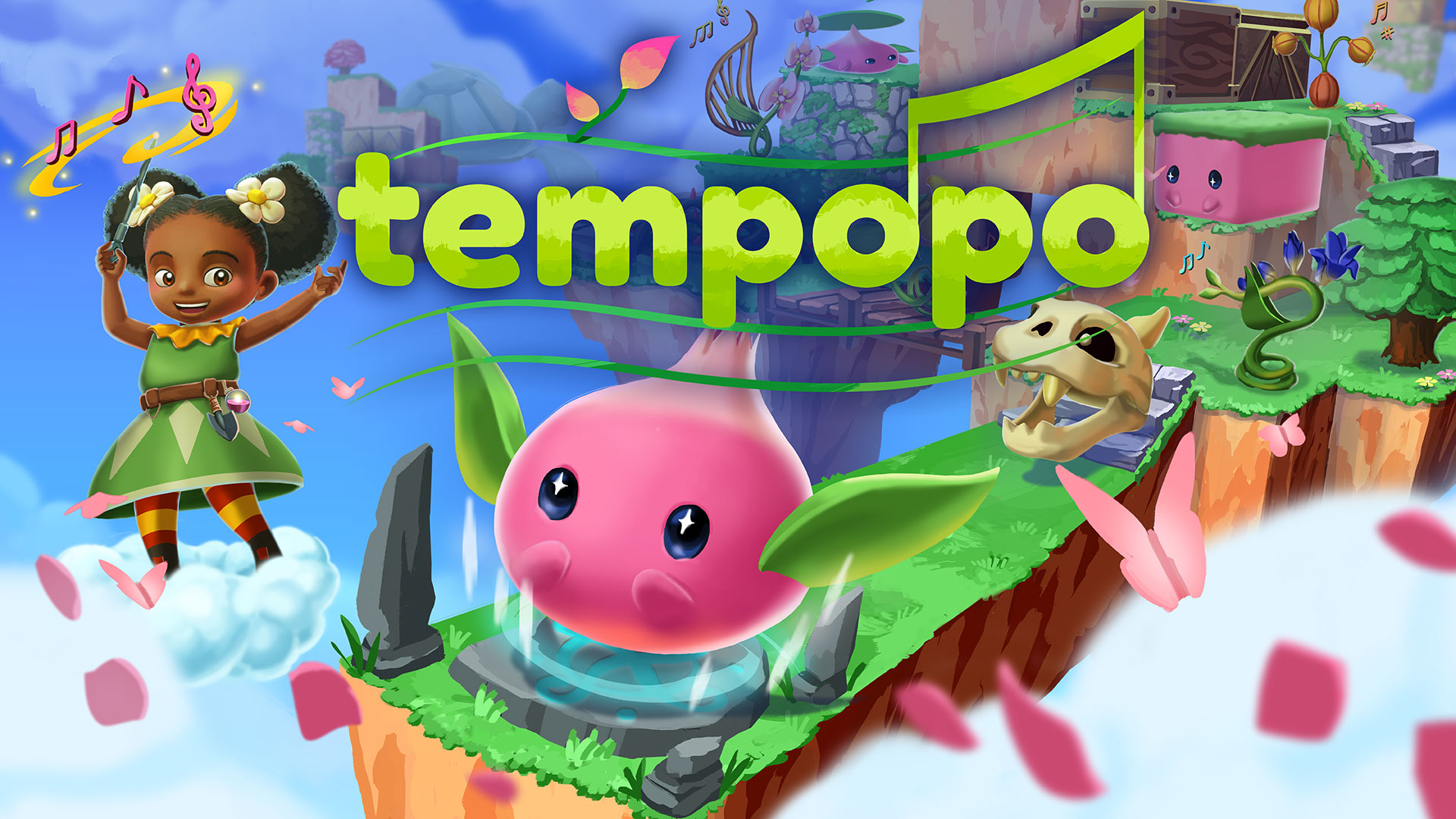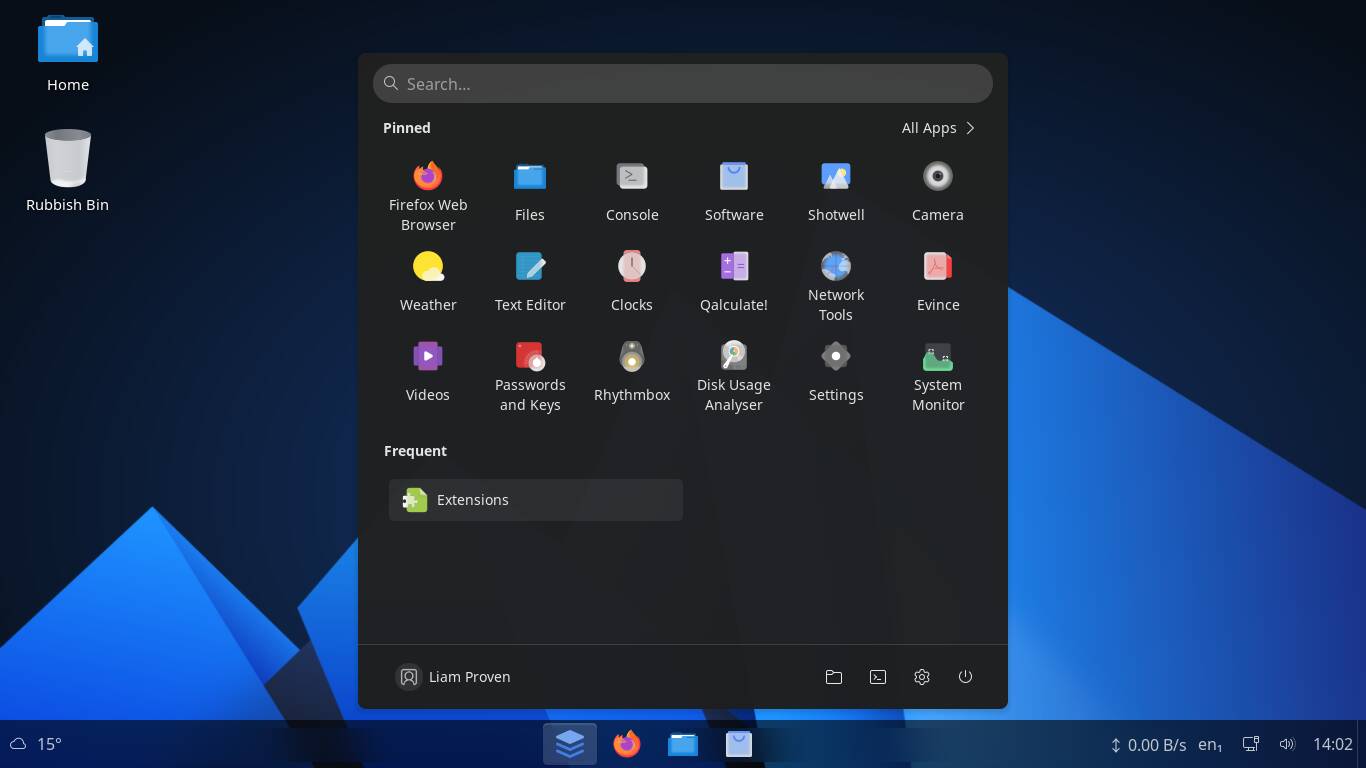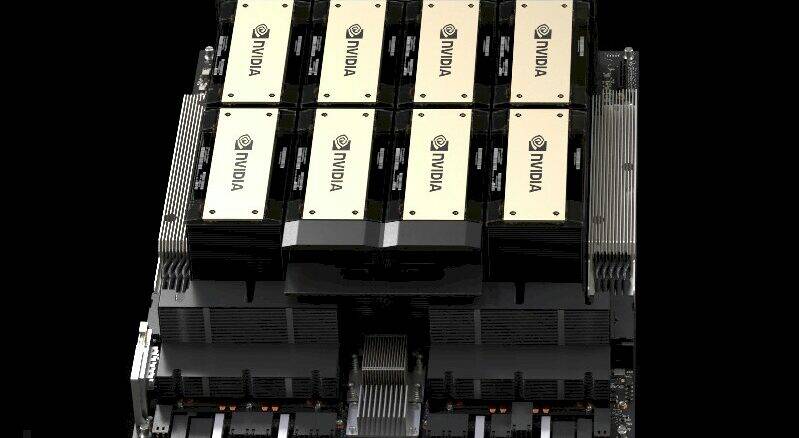Do You Really Know Java?
From a humble passion project to a major language powering billions of devices worldwide, Java’s journey is anything but ordinary. Java has always been shaped by big ideas and the people behind them. It’s a language that grew not just through specs and syntax, but through community, creativity, and the occasional dancing triangle mascot. This […]

From a humble passion project to a major language powering billions of devices worldwide, Java’s journey is anything but ordinary.
Java has always been shaped by big ideas and the people behind them. It’s a language that grew not just through specs and syntax, but through community, creativity, and the occasional dancing triangle mascot.
This blog post isn’t just a history lesson. It’s a celebration of the unexpected twists, clever breakthroughs, and the human side of Java that still drives the project forward today.
So, how well do you really know Java?
Let’s rewind, explore, and rediscover what makes it one of the most enduring and surprising stories in tech.
Making history the Java way
There are programming languages that shook the world and faded into memory. And then there’s Java – the one that stayed.
At 30, Java is more than code. It’s muscle memory. It’s the quiet force that runs the world’s systems, letting the newer languages chase trends and syntax sugar highs. Java never tried to be cool. It just worked. And somehow, that made it timeless.
Before Java was Java, back in 1991, it was a secret project hidden deep within Sun Microsystems. Its codename? The Green Project. The internet was barely a thing. The team, led by James Gosling, Mike Sheridan, and Patrick Naughton, needed to build software for the next generation of consumer electronics – think smart toasters, interactive TVs, and other futuristic gadgets.
For this task, they felt they needed a completely new language – a platform-independent language that could run on any device, no matter the hardware. That meant it needed to be lightweight, secure, and portable, a true unicorn in the early ’90s.
The language they built was called Oak, named after the tree outside Gosling’s office window. But when they tried to release Oak into the wild, they found out the name was already trademarked. So, in classic tech fashion, the team locked themselves in a room and started throwing names at a whiteboard.
Legend has it the shortlist included names like “DNA”, “Silk”, “Lyric”, and “Java”.
Why “Java”? Maybe because it sounded punchy. Maybe because it evoked energy and warmth. Or maybe because the team drank a lot of coffee from Java island beans while coding. We’ll never know for sure. But one thing’s clear: “Java” stuck.
By the time Java 1.0 was released in 1995, the world had changed. The web was exploding. Netscape Navigator ruled the browser wars. And Java suddenly had the perfect playground.
It was not an overnight success. But it was different. It spoke to the developers who didn’t want to rewrite the same logic a dozen times for different platforms. Java wasn’t flashy – it was ambitious. And that ambition quietly reshaped the industry.
Java began as a niche tool for embedded devices. But like all good origin stories, it didn’t stay small. It evolved. And it never really looked back.
Java features that blew minds in the 90s
When Java showed up, it wasn’t just a new language – it rewired how developers thought about writing, running, and shipping code. These were the features, concepts and technologies that made it possible.
WORA with JVM
Let’s start with a classic: WORA (“write once, run anywhere”). Sounds like a catchy slogan, but it was more like Java’s battle cry back in the day – and for good reason.
Before Java, software developers were stuck in platform purgatory. You’d write code for one system, and if you wanted it to work somewhere else, you had to rewrite, retest, re-lose your mind. It was messy, painful, and slow.
Java showed up and was like, “Nah, we’re not doing that anymore”.
Java introduced the JVM (Java Virtual Machine). Thanks to this cool little invention, your code no longer cared what kind of machine it was running on. Java promised: Write your code once, and it’ll run (pretty much) wherever there’s a JVM. That was a huge leap forward.
Here’s why WORA with JVM mattered so much:
- Portability became real.
- It saved time and money – you no longer needed custom builds for every OS under the sun.
- It made Java perfect for enterprise apps, where infrastructure was a Frankenstein’s monster of different systems.
- It helped fuel the rise of the internet and web apps – you didn’t have to know (or care) what OS your users were running.
WORA gave Java a seat at the cool kids’ table.
Automatic garbage collection
Automatic garbage collection was Java’s way of saying, “Go build cool stuff, I’ve got the cleanup.” Before Java, memory management was like playing Jenga blindfolded. One misplaced pointer, and the whole tower came crashing down. C++ devs know the trauma. So how does Java’s automatic garbage collection work?
The Garbage Collector (GC) finds objects your program doesn’t use anymore and clears them from memory, usually without stopping your app.
This offered more than convenience – it offered peace of mind. With Java, safe memory became the default as opposed to a daily battle.
Java’s built-in multithreading
That was a plot twist nobody saw coming. Back then, most languages viewed concurrency as something obscure and even somewhat dangerous if you didn’t know exactly what you were doing.
But in Java, it wasn’t just a feature, it was part of the core language. You got Thread, Runnable, synchronized, wait/notify – all wrapped up in a clean, standardized API.
Over time, Java continued to level up with Executors, ThreadPools, Futures, and now the shiny virtual threads (thanks, Project Loom).
It made concurrent programming accessible, not terrifying. And that mattered. Big time. Because the world was starting to move faster: more users, more data, more everything. Java’s out-of-the-box multithreading meant devs could actually keep up without losing their minds.
Security model
Java didn’t just aim to run everywhere, it aimed to run safely everywhere. And in the Wild West of the early web, that was a radical idea.
From the very beginning, Java treated code like a potential threat. Its security model was built on the concept of a sandbox – a tightly controlled environment where untrusted code (like applets downloaded from a website) could run without compromising the user’s machine. Without explicit permission, Java code stayed locked inside its sandbox. Any move beyond that safe zone? Blocked instantly. Unless explicitly allowed, Java code played by the rules or got shut down.
The SecurityManager, paired with the bytecode verifier and classloader, formed a defensive wall: every piece of code was checked, isolated, and monitored. Even though the Java Security Manager is now deprecated, mainly due to its complexity and the challenges it presented for effective security management, it was a bold move in its time. In a decade where most software ran with full permissions by default, Java’s “suspicious until proven trustworthy” approach was a real game-changer.
This mindset of security being baked into the architecture, not bolted on as an afterthought, set the tone for generations of developers. It taught us to think twice about trust, to design with risk in mind, and to build with guardrails from day one. And while applets are long gone, that philosophy lives on – in the JVM, in the ecosystem, and in the DNA of modern secure software.
IntelliJ IDEA + Java = win-win collaboration
Java had it all. Groundbreaking ideas like WORA with JVM, built-in multithreading, rock-solid stability, etc. It was a language designed to last. But it was missing a proper home. A place that didn’t just run Java, but truly understood it. A place that would make writing Java feel smooth, effortless, and even fun.
Because let’s be real – the cognitive load and sheer verbosity that came with all that power? It piled up. Fast.
Writing Java in a notepad turned into a nightmare. So a few forward-thinking developers – Eugene Belyaev, Sergey Dmitriev, Valentin Kipiatkov – set out to build a tool that could truly support developers on their journey through Java applications’ complexity.
And then came IntelliJ IDEA.
Born in 2001, when it was still known as Renamer, this IDE wasn’t just built for Java, it was written in Java. It understood the language inside and out. And it delivered a range of helpful functionality.
For many developers, IntelliJ IDEA synced the entire development process with how real software engineers actually work.
It came fully loaded with tools that made professional Java development more productive and straightforward. Code completion was intuitive, context-aware, and often knew what you meant before you finished typing. Refactoring, once a nerve-wracking exercise, became something you could actually trust.
Code analysis ran in real time, catching issues on-the-go. Bugs didn’t pile up quietly, but were flagged and ready to be fixed before they caused trouble. The debugger stepped in and let you pause, peek inside, and see exactly what the code was doing. The profiler followed behind, showing where your app was slowing down and why. Navigation was no longer guesswork. With features like Go to Definition and Find Usages, even the biggest codebases started to feel manageable.
Because version control, JUnit, Maven, Gradle, database tools, a decompiler, and more were all built in, you didn’t have to waste time wiring your workspace together. Everything was ready to go, right out of the box.
As Java evolved, IntelliJ IDEA added support for Spring, Spring Boot, Jakarta EE, Micronaut, Quarkus, Helidon, JPA, Hibernate, and more as the ecosystem expanded. When AI joined the scene, it was delivered thoughtfully, as a real assistant that knew your code context and offered relevant suggestions.
In 2011, Java 7 added the invokedynamic instruction, which let the JVM handle method calls more flexibly at runtime. This made it easier to run dynamic languages like Ruby and Groovy, and even helped Java itself support things like lambdas. It also opened the door for new JVM-based languages like Kotlin and Scala. Today, thanks to this change, the JVM supports a whole mix of languages, and IntelliJ IDEA supports (almost) all of them in one convenient environment.
With IntelIiJ IDEA, Java became more modern, accessible, and fun to work with. IntelliJ IDEA let developers focus on the language’s strengths instead of spending most of their time on setup. It let Java’s strengths shine through.
Java in the Age of AI
Java isn’t chasing trends – it’s quietly getting stronger where it matters. With Java 24, and soon Java 25, the language is adding serious muscle for modern realities.
Georges Saab, Senior VP of the Java Platform, says “Java 24 brings more than 20 new features, including AI support and post-quantum cryptography, making it easier for developers to create AI-powered, secure, and scalable applications.”
For example, the Vector API (now in an advanced incubator stage) lets developers write vector code that runs faster by using CPU instructions made for it. This means better performance than regular code, especially for AI and math-heavy tasks. Project Panama lets Java apps call native code and work with large data outside the JVM. This makes it easier to use fast ML libraries and hardware like GPUs without slowing things down.
According to Brian Goetz, Java Language Architect, with initiatives like Project Amber and Project Valhalla, Java is evolving to meet the demands of modern AI applications. These projects aim to enhance Java’s expressiveness and performance, ensuring that developers can build efficient, scalable AI solutions within the Java ecosystem.
Java is also AI-supported by powerful frameworks like LangChain4j, which brings the popular LangChain tooling to Java, helping developers build LLM-powered applications with ease. Another key player is Spring AI, an extension of the Spring ecosystem for AI workloads. It simplifies connecting to AI models, managing data pipelines, and integrating machine learning into enterprise-grade applications.
AI is showing up in more industries, and Java is ready for it since there’s a ton of open-source Java code available, and AI tools know it well. That makes Java surprisingly AI-friendly when it comes to writing or improving code.
As AI continues to enter various industries, Java’s adaptability and robust tooling position it as an amazing platform for AI development. Oracle’s commitment to developing Java ensures that it remains a top choice for developers tackling modern challenges.
Duke – the little triangle that could
Before Java had frameworks, IDEs, or fanboys arguing over semicolons, it had Duke – a one-eyed hand-drawn blob.
Duke was born in the early ’90s, designed by Joe Palrang as part of the original Green Project. (Fun fact: Palrang later animated Shrek and Madagascar, but Duke was his first star).
Originally meant to represent a helpful “software agent”, Duke was approachable, flexible, and a little weird in the best way. The kind of character you’d imagine helping you debug your code, then doing a happy wiggle when your tests passed.
As Java grew, so did Duke. From hand-drawn sketches to 3D poses, Olympic cameos, coffee cups, juggling acts, and even community-driven fan art. No matter the form, he kept that signature look that was instantly recognizable and unmistakably Java.
And what’s more, people genuinely love Duke. He shows up on stickers, plushies, and tattoos. At conferences, he’s on mugs, hoodies, etc.
Duke reminds us that Java, for all its enterprise chops, started with creativity, optimism, and a sketch of a triangle with a lot of heart.

If you like Duke as much as we do, take a shot at winning a limited-edition T-shirt with a personalized Duke to remember this anniversary!
What is more, you can download a special anniversary plugin and your Duke will appear on your splash screen with every restart as a gentle reminder that even when life throws exceptions, Duke’s got your back.
Java’s human side
Java isn’t just a language – it’s a community. A massive, global, ever-curious group of people who write, teach, debate, share, and occasionally argue.
From early meetups to today’s massive conferences like Devoxx, JavaOne, and JavaZone, the Java community has been a driving force behind the language’s evolution.
New features don’t just appear out of thin air. They’re discussed, prototyped, questioned, stress-tested, and shaped by the folks who actually use Java every day. Workshops, mailing lists, JEPs, community proposals – everything is built by devs, for devs.
What makes this world so special is its openness. You’ll see students presenting alongside seasoned developers. You’ll meet folks who wrote Java 1.0 code in the ’90s and others who just ran their first HelloWorld.java last week. It’s not just about solving problems, it’s about building together, sharing ideas, and having a few coffees along the way.

















































































































































































![[The AI Show Episode 148]: Microsoft’s Quiet AI Layoffs, US Copyright Office’s Bombshell AI Guidance, 2025 State of Marketing AI Report, and OpenAI Codex](https://www.marketingaiinstitute.com/hubfs/ep%20148%20cover%20%281%29.png)


![[The AI Show Episode 146]: Rise of “AI-First” Companies, AI Job Disruption, GPT-4o Update Gets Rolled Back, How Big Consulting Firms Use AI, and Meta AI App](https://www.marketingaiinstitute.com/hubfs/ep%20146%20cover.png)

























































































































![Laid off but not afraid with X-senior Microsoft Dev MacKevin Fey [Podcast #173]](https://cdn.hashnode.com/res/hashnode/image/upload/v1747965474270/ae29dc33-4231-47b2-afd1-689b3785fb79.png?#)




















































































































_MEGHzTK.png?width=1920&height=1920&fit=bounds&quality=70&format=jpg&auto=webp#)
-1-52-screenshot.png?width=1920&height=1920&fit=bounds&quality=70&format=jpg&auto=webp#)




















_David_Hall_-Alamy.jpg?width=1280&auto=webp&quality=80&disable=upscale#)
_Andriy_Popov_Alamy_Stock_Photo.jpg?width=1280&auto=webp&quality=80&disable=upscale#)





















































































-xl.jpg)







![[Open Thread] Google may have changed the face of visual media forever, but is it for the good?](https://www.androidauthority.com/wp-content/uploads/2025/04/Veo-2-in-Gemini-on-an-Android-phone-scaled.jpg)























![Apple Shares Official Trailer for Season 2 of 'The Buccaneers' [Video]](https://www.iclarified.com/images/news/97414/97414/97414-640.jpg)
![Apple Highlights Ceramic Shield, Stolen Device Protection, and More in New Ads [Video]](https://www.iclarified.com/images/news/97416/97416/97416-640.jpg)





































































